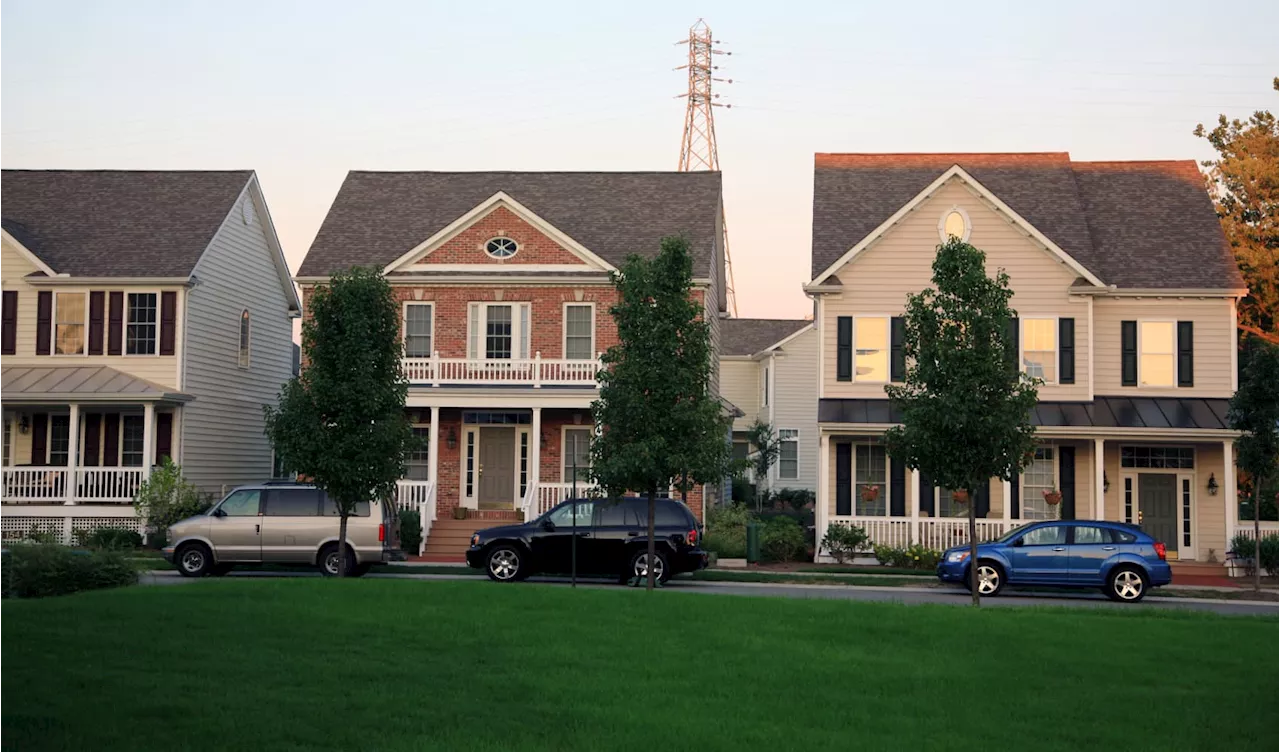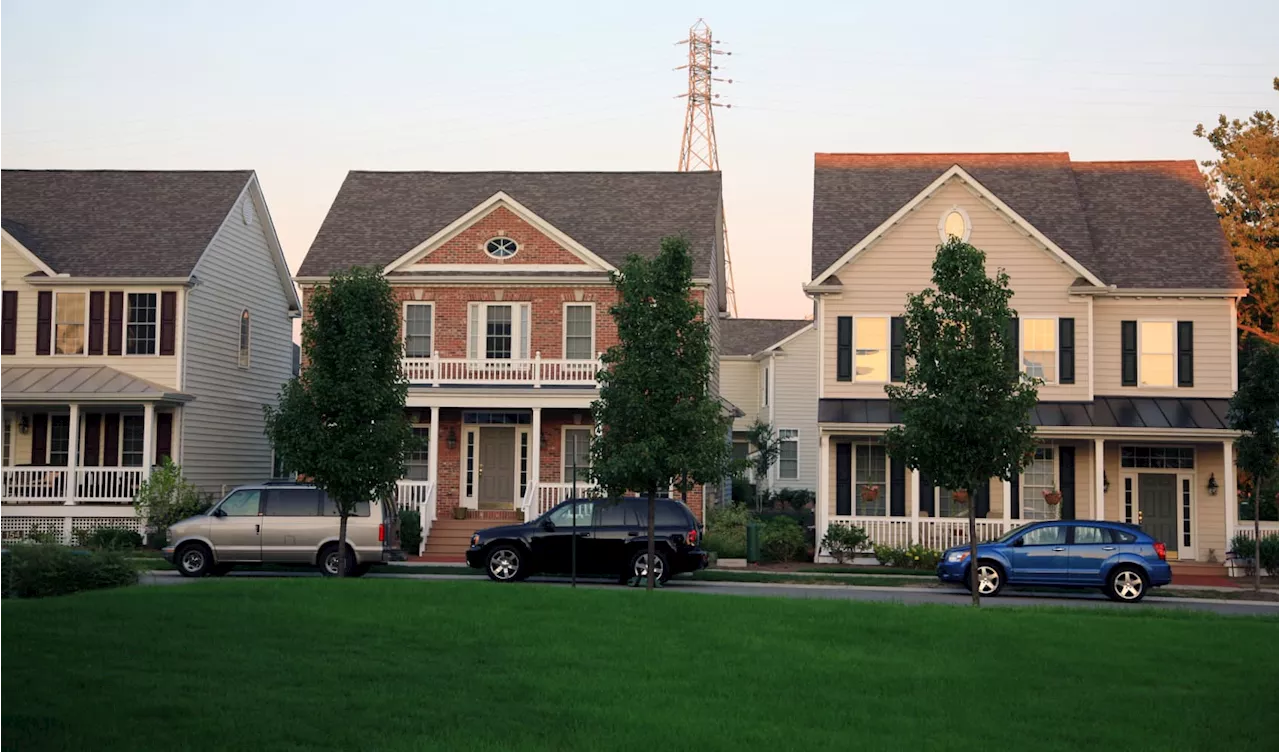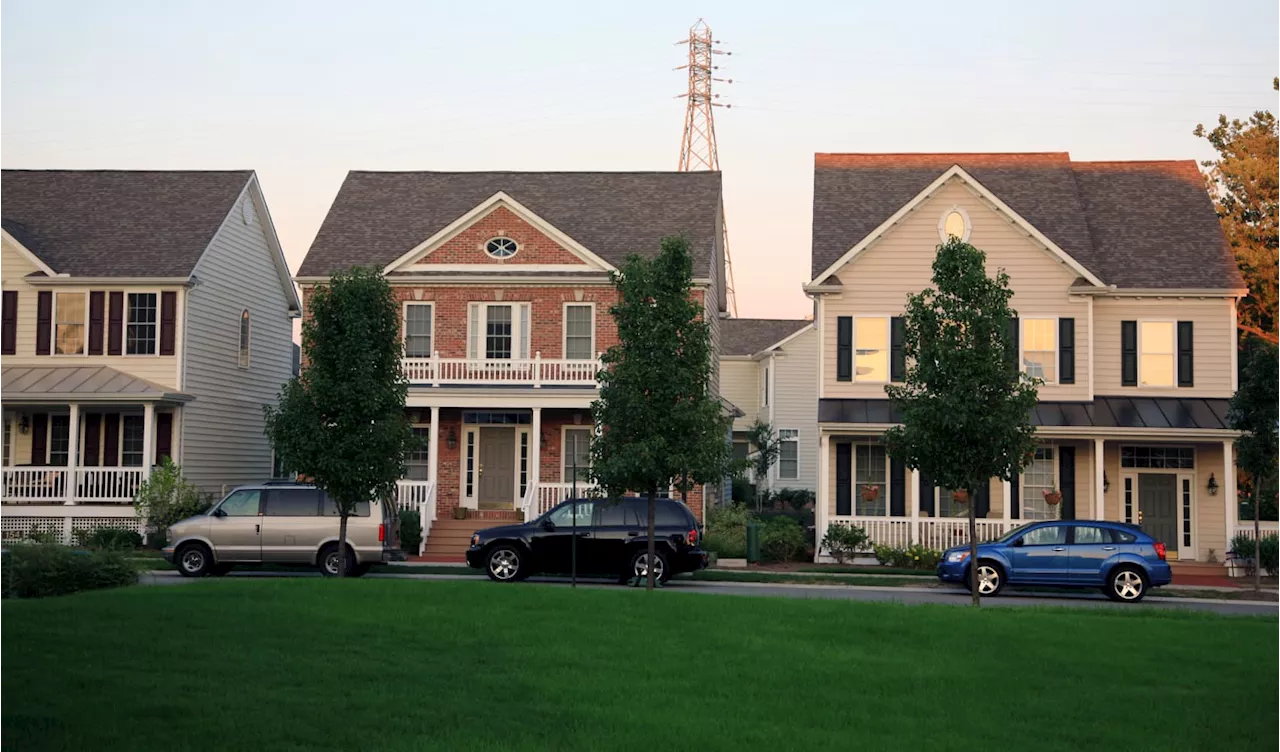Zillow research suggests that the number of homes vacated by 'empty nesters' may not alleviate the housing shortage in major U.S. cities because these homes are concentrated in more affordable markets, not in the expensive coastal areas where young people are seeking housing.
As older Americans downsize, over 20 million homes could become available—but they're not where young people want to move. 'Empty nesters' downsizing isn't likely to be the solution to the housing shortages facing major U.S. cities, recent Zillow research finds, some may be looking at those occupied by' empty nesters ' as an incoming source of inventory.
As older residents begin to downsize, the thinking goes, the millions of homes they currently ownHowever, those units aren't likely to be the solution, Orphe Divounguy, a senior economist at Zillow, tells CNBC Make It. The reason is simple: Empty nesters — which Zillow defines as'residents ages 55 or older who have lived in the same home for 10 or more years, have no children at home and have at least two extra bedrooms' — don't live in the same places where younger generations want to be, 'These empty-nest households are concentrated in more affordable markets, where housing is already more accessible — not in the expensive coastal job centers where young workers are moving and where more homes are most desperately needed,' Divounguy said in the report. Around 20.9 million households fit the definition of empty nesters in 2022 and out of the 50 biggest U.S. cities, they have the greatest concentrations in Pittsburgh, Pennsylvania; Buffalo, New York; and Cleveland, Ohio. But the cities with the most people under 44 are San Jose, California; Austin, Texas; and Denver, Colorado, Zillow reports.And of course, the homes empty nesters are vacating might not be the same properties young people are looking for, especially if they are large or relatively expensive for the area. So, what will actually move the needle? The'only viable solution for improving housing affordability' is new construction in the cities facing the largest shortages, Divounguy say
HOUSING SHORTAGE EMPTY NESTERS DOWN SIZING AFFORDABILITY CONSTRUCTION
United States Latest News, United States Headlines
Similar News:You can also read news stories similar to this one that we have collected from other news sources.
 Empty Nester Homes Won't Solve the US Housing Crisis for Young PeopleWhile millions of homes could become available as older Americans downsize, they are primarily located in more affordable markets, not the expensive coastal cities where young people are seeking housing.
Empty Nester Homes Won't Solve the US Housing Crisis for Young PeopleWhile millions of homes could become available as older Americans downsize, they are primarily located in more affordable markets, not the expensive coastal cities where young people are seeking housing.
Read more »
 Empty Nester Homes Won't Solve Youth Housing CrisisThe number of homes vacated by empty nesters may not significantly address the housing affordability challenges faced by younger generations.
Empty Nester Homes Won't Solve Youth Housing CrisisThe number of homes vacated by empty nesters may not significantly address the housing affordability challenges faced by younger generations.
Read more »
 Empty Nester Homes Won't Solve Young People's Housing CrisisA Zillow economist says that homes vacated by empty nesters won't help ease the housing crisis facing young people because their concentrations are in different markets.
Empty Nester Homes Won't Solve Young People's Housing CrisisA Zillow economist says that homes vacated by empty nesters won't help ease the housing crisis facing young people because their concentrations are in different markets.
Read more »
 Empty Nester Homes Won't Solve Housing Crisis for Young WorkersWhile some anticipate an influx of homes from 'empty nesters' as older residents downsize, Zillow economist Orphe Divounguy argues this trend won't alleviate the housing shortage in expensive coastal cities. Empty nesters are concentrated in more affordable markets, not where young workers are seeking jobs and housing. The report suggests new construction in cities facing the largest shortages is the key to improving affordability.
Empty Nester Homes Won't Solve Housing Crisis for Young WorkersWhile some anticipate an influx of homes from 'empty nesters' as older residents downsize, Zillow economist Orphe Divounguy argues this trend won't alleviate the housing shortage in expensive coastal cities. Empty nesters are concentrated in more affordable markets, not where young workers are seeking jobs and housing. The report suggests new construction in cities facing the largest shortages is the key to improving affordability.
Read more »
 Empty Nester Homes Won't Solve Young People's Housing ShortagesA Zillow economist explains why homes vacated by empty nesters won't alleviate the housing crunch in major cities.
Empty Nester Homes Won't Solve Young People's Housing ShortagesA Zillow economist explains why homes vacated by empty nesters won't alleviate the housing crunch in major cities.
Read more »
 Empty Nester Housing Won't Solve Affordability CrisisWhile many believe that homes vacated by 'empty nesters' will alleviate the housing shortage, Zillow economist Orphe Divounguy argues that this trend won't significantly impact the problem. Empty nesters are concentrated in more affordable markets, where housing is already relatively accessible, whereas the areas experiencing the most acute shortages are in expensive coastal cities.
Empty Nester Housing Won't Solve Affordability CrisisWhile many believe that homes vacated by 'empty nesters' will alleviate the housing shortage, Zillow economist Orphe Divounguy argues that this trend won't significantly impact the problem. Empty nesters are concentrated in more affordable markets, where housing is already relatively accessible, whereas the areas experiencing the most acute shortages are in expensive coastal cities.
Read more »
